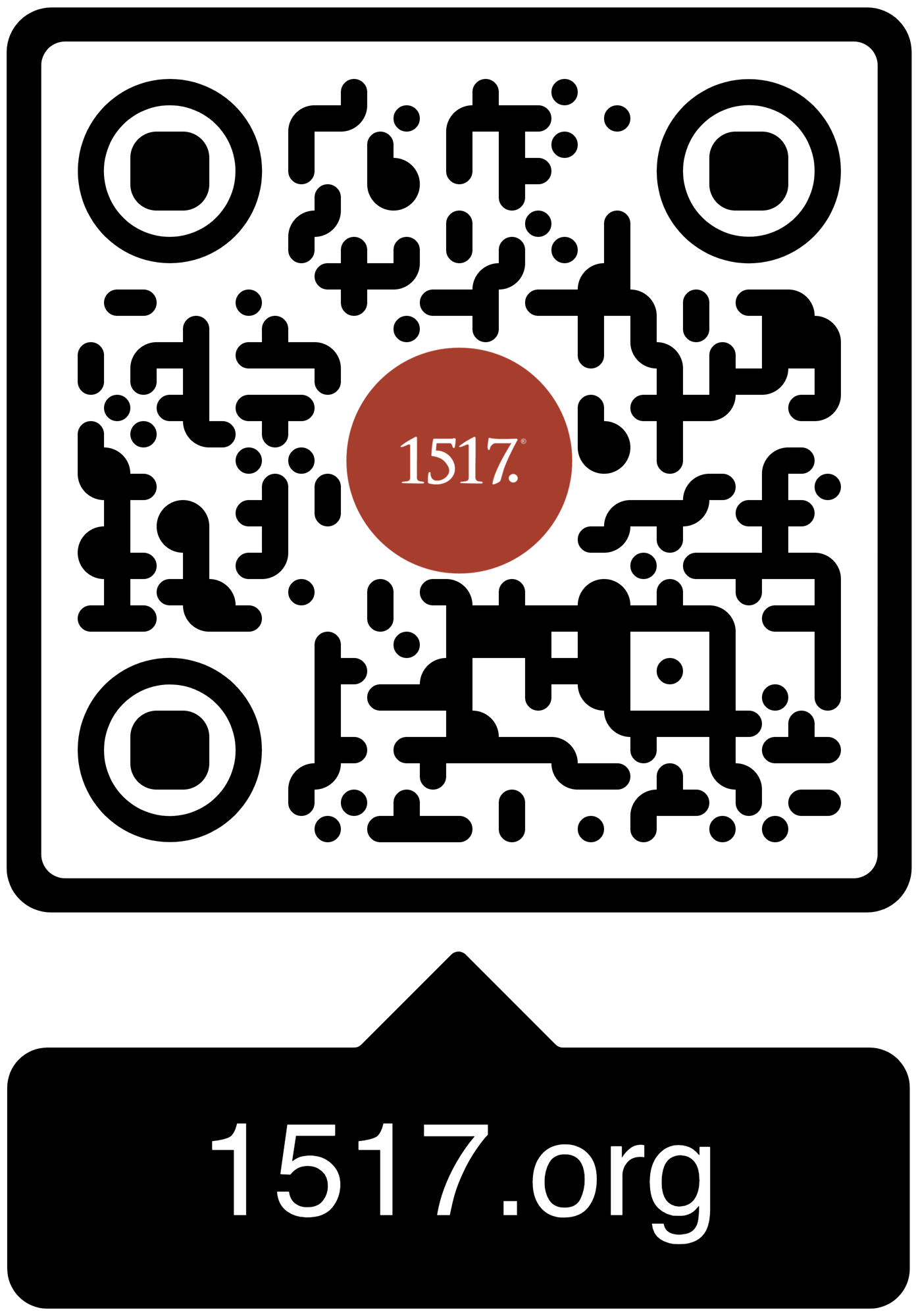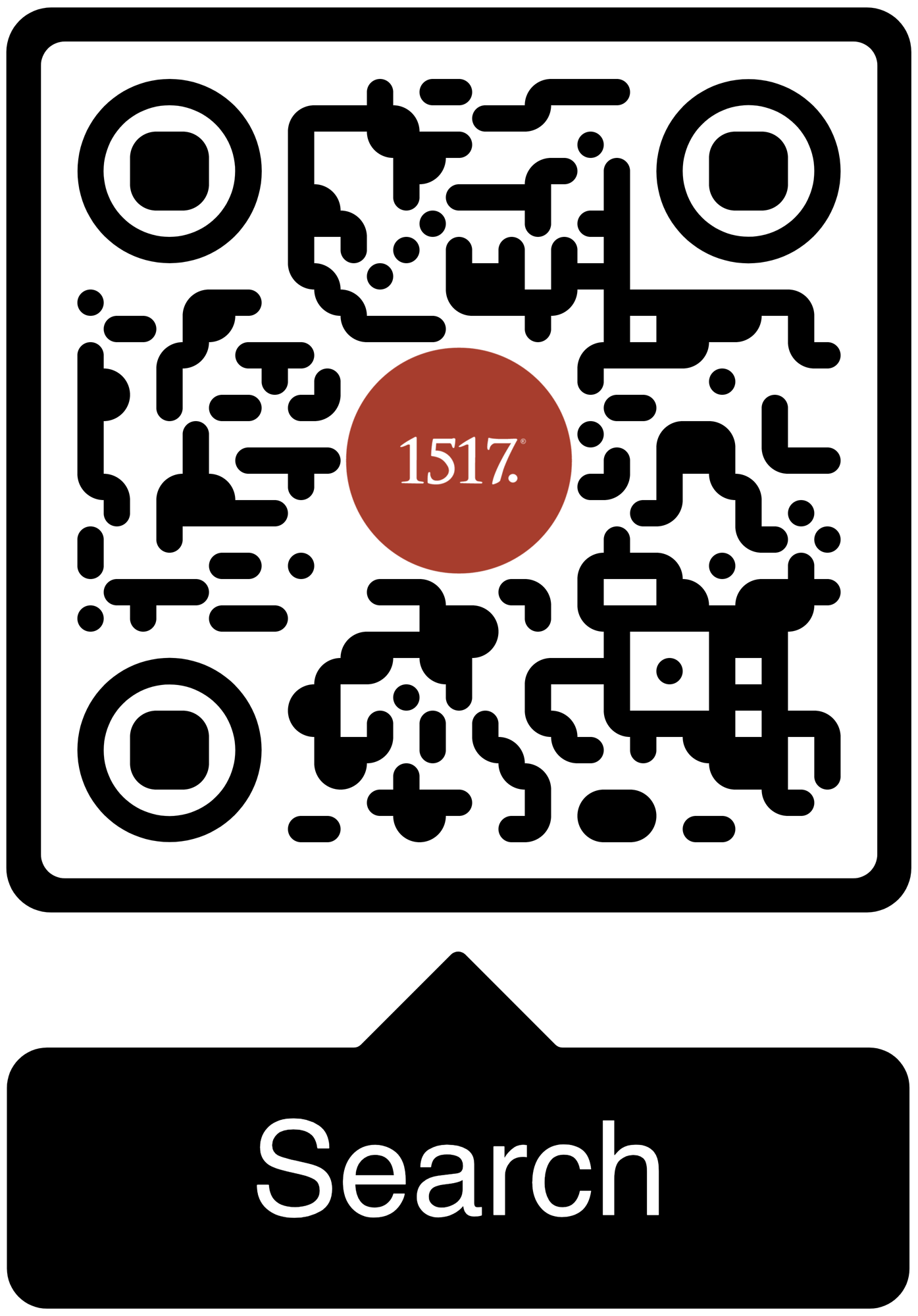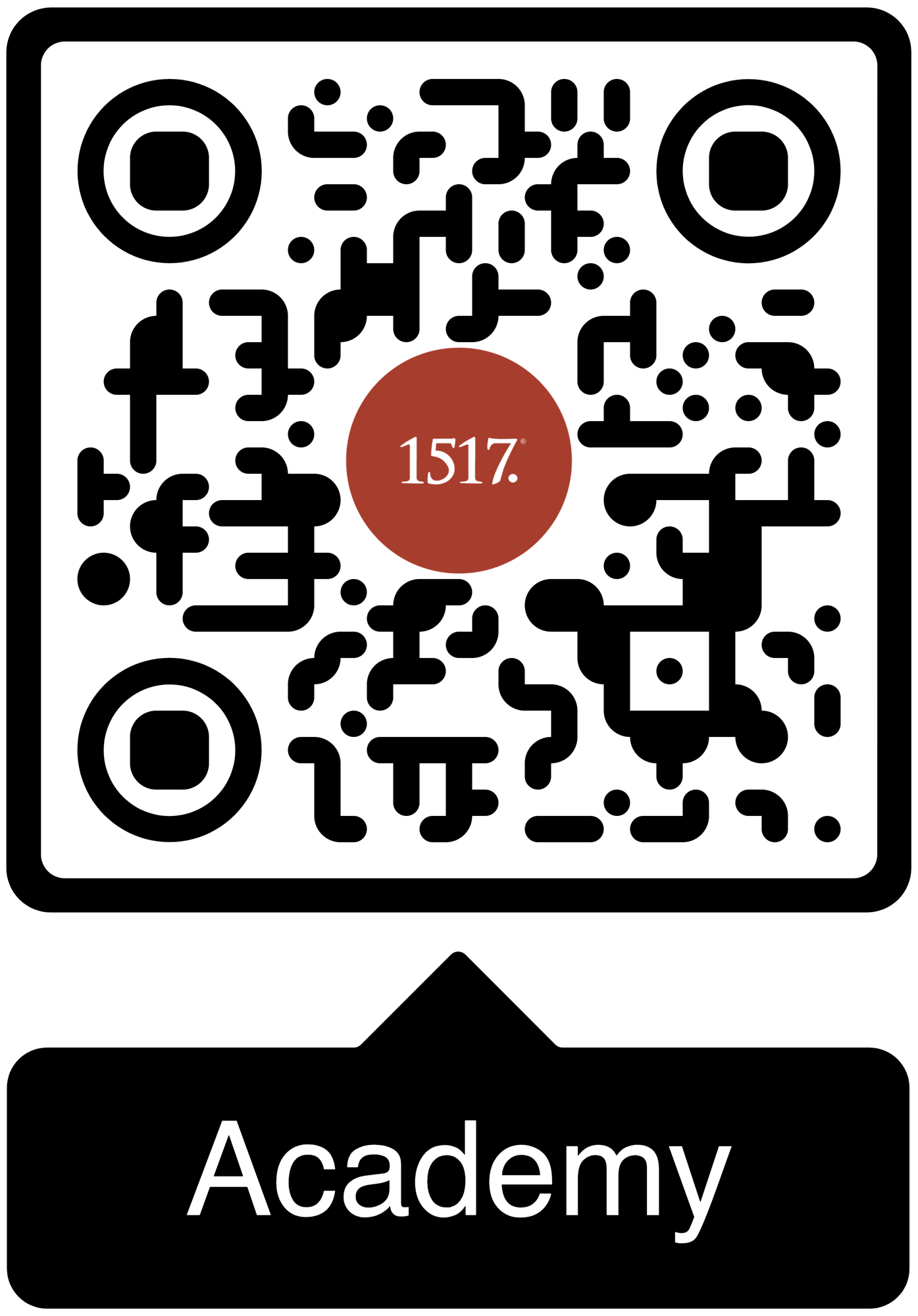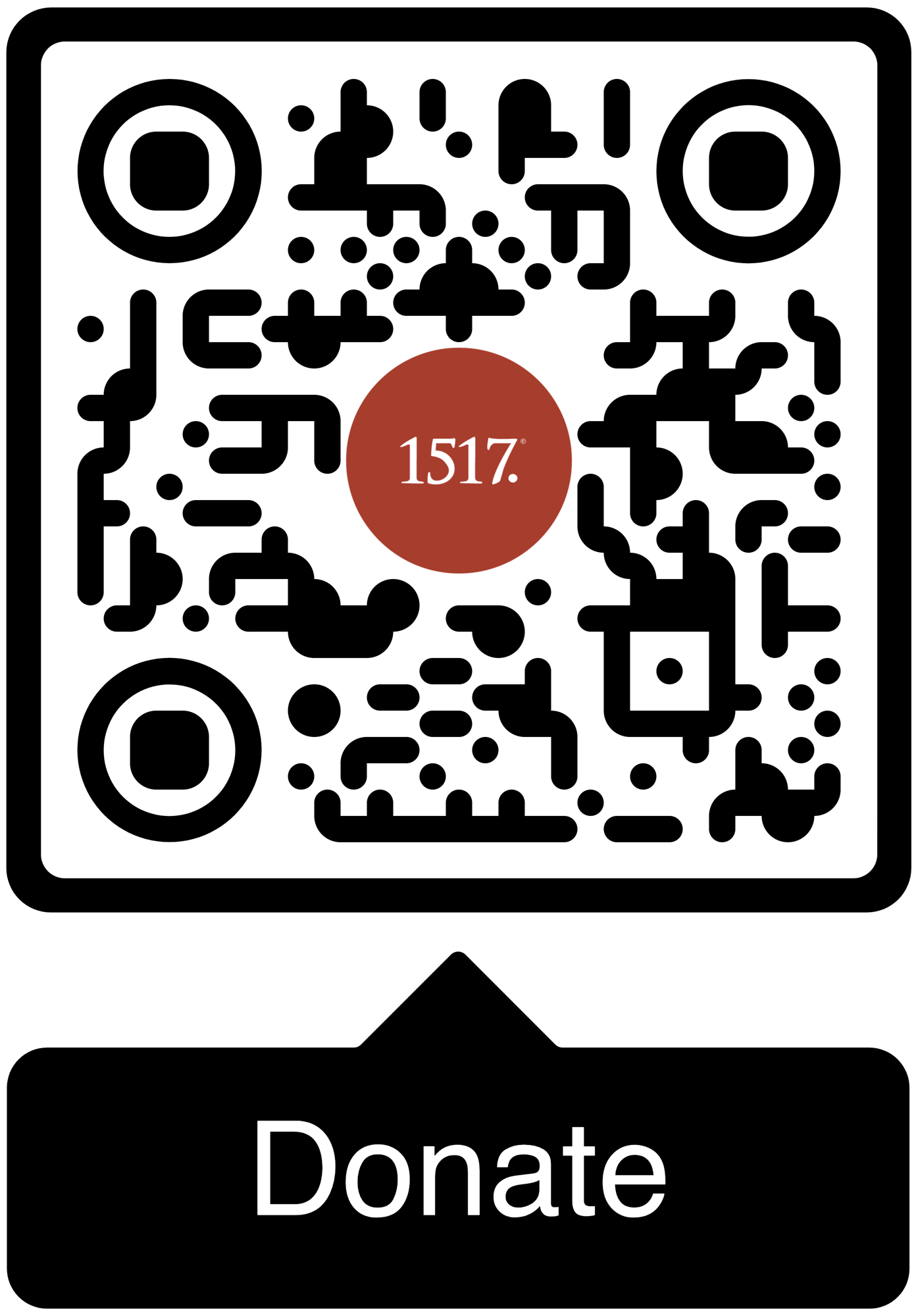These others do not get much attention. We do not know their names. We do not know their back stories. But they were there on Easter morning, and Luke wants his readers to know it.
Three women, eleven disciples, and two angels... it is not the beginning of a joke. These are the people Luke included in his orderly account of what happened on Easter morning.
It is hard not to notice the people. Luke fills his record of Easter morning with people. He begins with the women: Mary Magdalene, Joanna, and Mary the mother of James. They were looking for Jesus. They had come to finish what they started a few days earlier (23:55-56). But instead of finding the one (dead) man they were seeking; the women encountered an additional two men they were not seeking. Decked out in the kind of clothes which had not been seen since the Transfiguration, these men reported what had quickly become obvious: Jesus was not there. Less obvious was what happened to Him. They answered that question, too. Jesus had risen, they reported, just as He said He would. The women remembered Jesus’ words, left the tomb, and went to find more people, the eleven. They shared the news with the disciples, but these people had also forgotten what Jesus had said, and the witness of the women did not convince them. One of these people (the one who had denied knowing Jesus on Friday) wasted no time looking to see for himself. He ran to tomb and, sure enough, Jesus was nowhere to be found.
But there were still more people. Twice Luke explicitly notes that Easter involved more than the three women, the eleven disciples, and the two angels. There were others (verse 9, τοῖς λοιποῖς) with the eleven and there were others (verse 10, αἱ λοιπαὶ) with the women. These others do not get much attention. We do not know their names. We do not know their back stories. We do not know where they went from here. But they were there on Easter morning, and Luke wants his readers to know it.
We do not know where they went from here. But they were there on Easter morning, and Luke wants his readers to know it.
It is the “others” who stand out to me as I think about preaching the Easter Gospel this year. Perhaps it is because there always seems to be many “others” at church on Easter Sunday. By “others,” of course, I am thinking about those people who are not regular participants in the life of the congregation. Some of them come once or twice a year, and some even less. These “others” are not well-connected. They do not feel completely at home in the Church. They are probably less familiar with Jesus and His mission and the significance of His resurrection. But here they are, together with the people of God, present in your congregation for the single most important event in the entire Christian faith.
We are all familiar with what it feels like to be an “other.” It is the experience of the recently married son-in-law at the family gathering. It is what happens when the new hire gets tapped for the promotion you have been working towards for years. It is how it goes for the high school senior whose boyfriend broke up with her just a few weeks before prom. To be an “other” is to feel unnoticed, unneeded, and unwanted. We have all been there. You might be surprised how many of your hearers may be there right now.
Which is why I would consider calling this sermon: “Easter for the Others.”
I am not suggesting you put a spotlight during the sermon on those who are irregular in their church attendance. Much to the contrary, I suggest you highlight the fact that, in his account of Jesus’ resurrection, Luke sees and mentions many people who remain unnamed. Then, invite your hearers to identify with these “others” who witnessed the resurrection of Jesus along with the women, the disciples, and the angels.
When Luke includes the “others” in the text, he is simply doing in his writing what Jesus did in His ministry. Jesus came as the promised messiah for God’s chosen people Israel. As He did so, He paid particular attention to those who had been left behind by the religious leaders, the outcast, the disconnected, the marginalized, and the forgotten. This is a particular emphasis in Luke’s Gospel. He emphasizes how Jesus saw and had mercy on the poor, the widows, and the sinners. During His ministry, Jesus focused mainly on the “others” in Israel. This was, in part, what led to His crucifixion.
But then, Jesus rose from the dead, just as He said (Luke 24:6). From that point on, His inclusion of others went to a whole new level. He sent His disciples to proclaim the promises of Jesus to and for all the others; including you and me and all who are far off. Jesus’ resurrection from the dead not only vindicated Him and everything He had said. It also opened the door for every “other” in your congregation to find forgiveness, life, and salvation in Him.
--------
Additional Resources:
Craft of Preaching-Check out out 1517’s resources on Luke 24:1-12.
Concordia Theology-Various helps from Concordia Seminary in St. Louis, MO to assist you in preaching Luke 24:1-12.
Lectionary Kick-Start-Check out this fantastic podcast from Craft of Preaching authors Peter Nafzger and David Schmitt as they dig into the texts for this Sunday!
The Pastor’s Workshop-Check out all the great preaeching resources from our friends at the Pastor’s Workshop!





